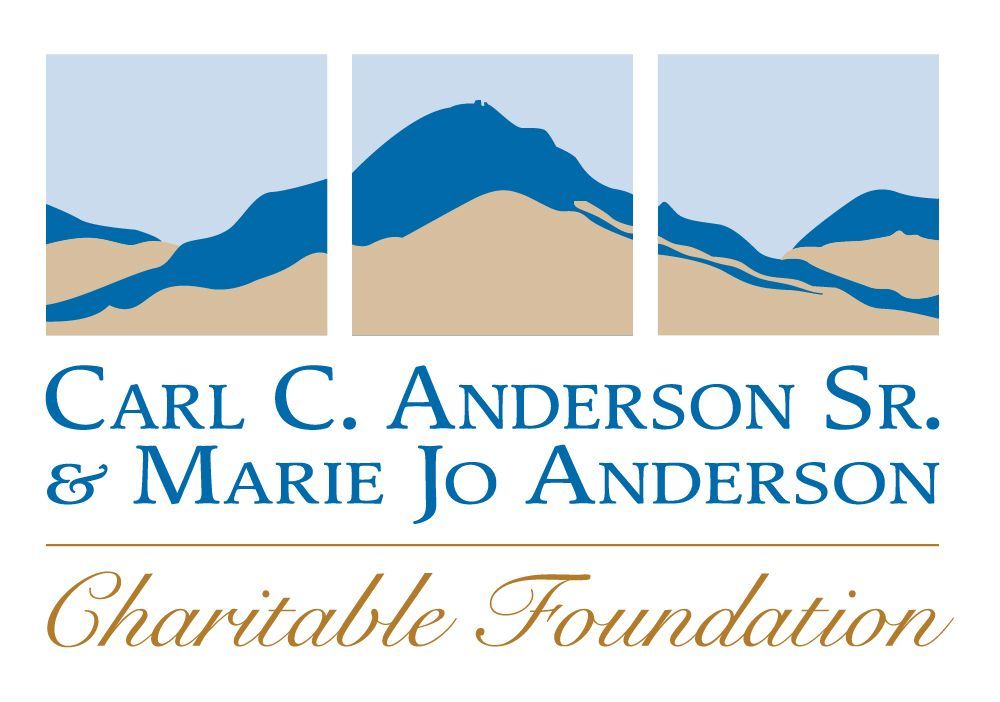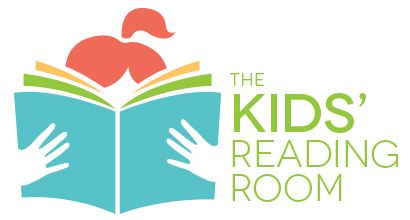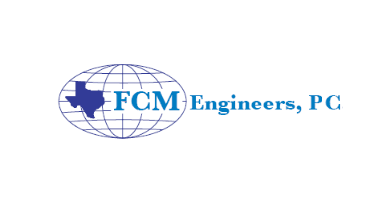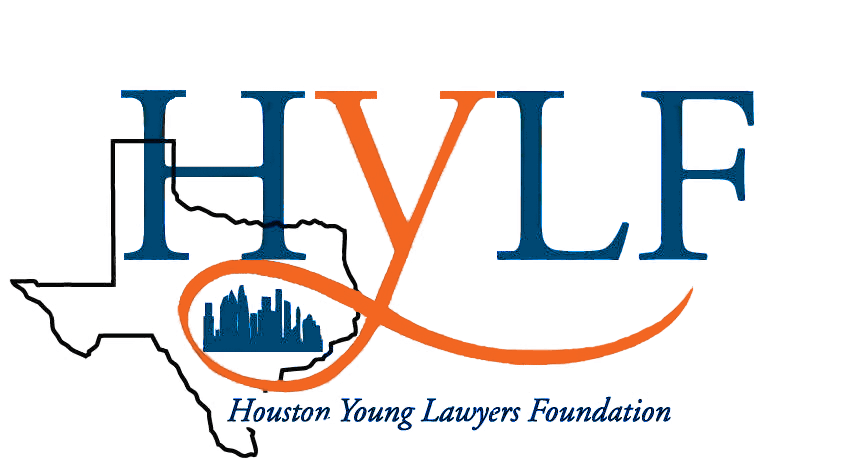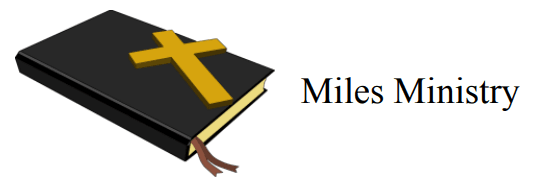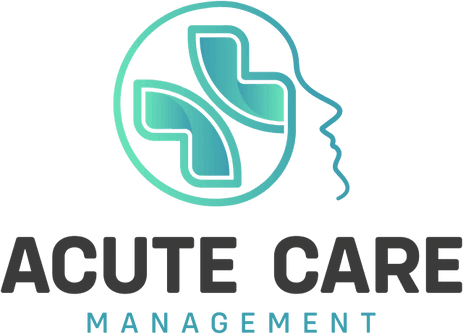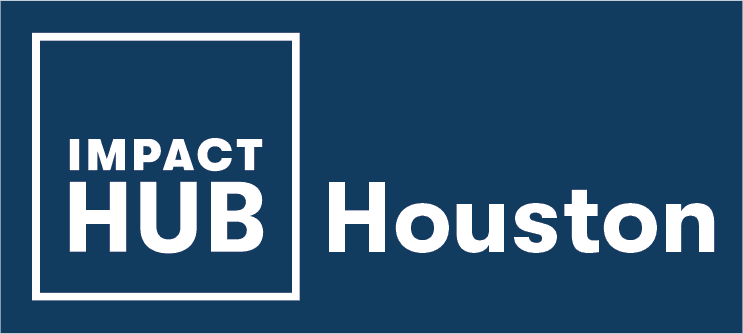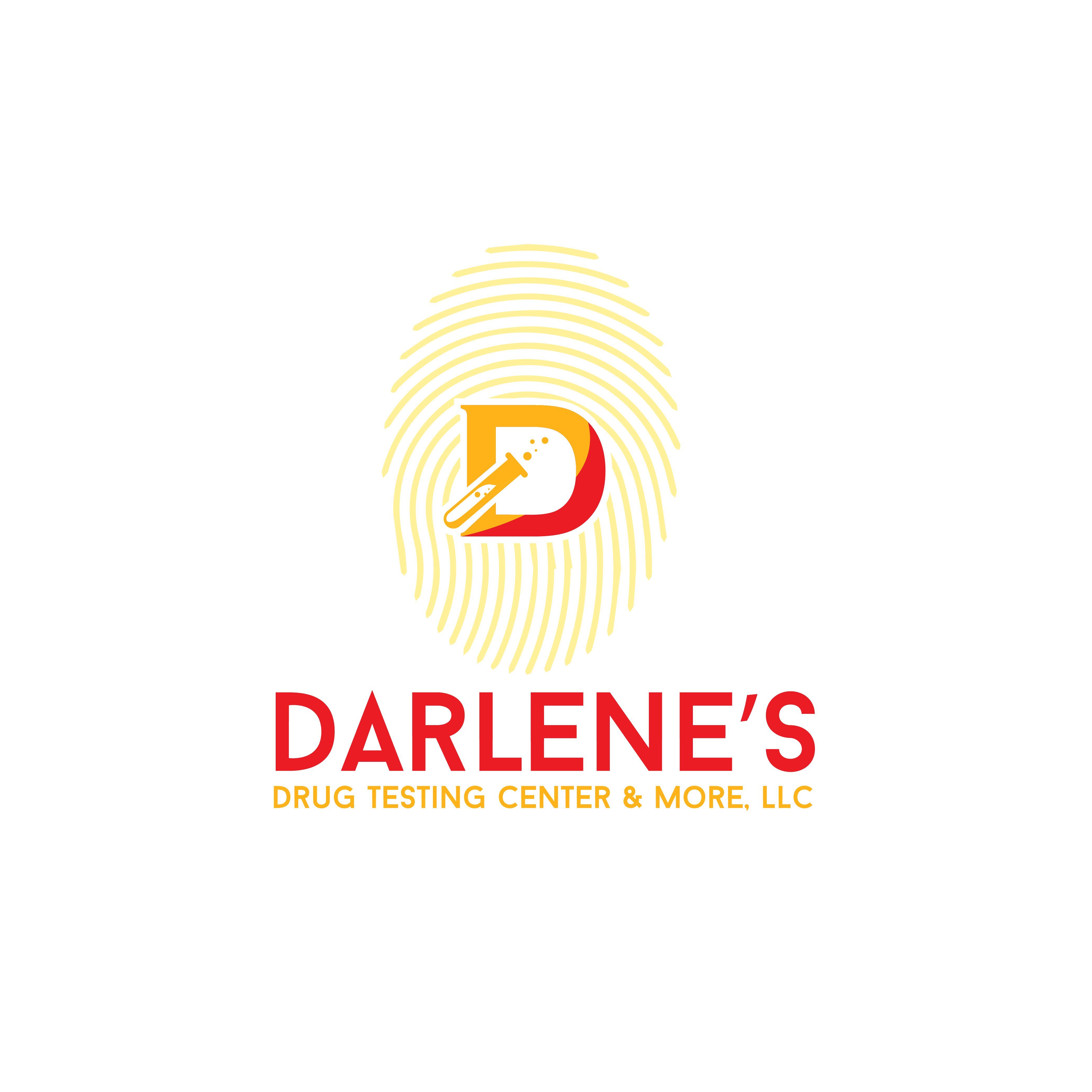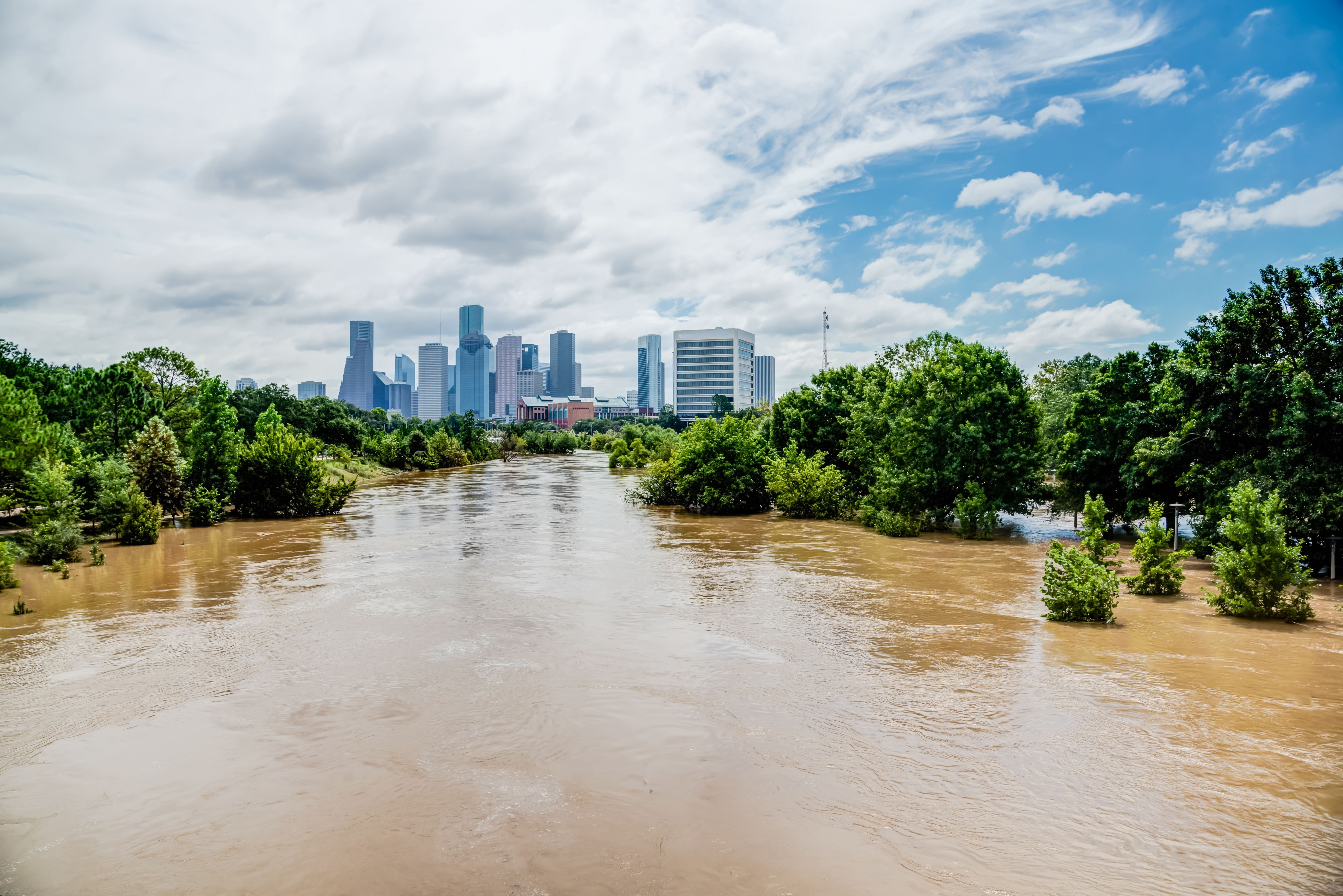
Environmental or green gentrification is the process of establishing green amenities or cleaning up pollution in low-income neighborhoods, which increases property value to attract wealthier residents to the area and build more up-scale businesses, as a result, less affluent residents and small businesses are displaced.
In the Greater Houston area, historic neighborhoods that are under-served are at risk of displacement as the city and urban developers create green amenities like parks, green spaces, and energy-efficient buildings.
According to the National Recreation and Park Association issue, “Greening Without Gentrification,” green amenities like parks make low-income neighborhoods appear more desirable, which increases housing costs and causes the displacement of longtime residents for whom many park equity initiatives are designed and funded.
There are many residents who are concerned that these green amenities will eventually force them out of their homes, as more expensive developments will be built in the area, increasing living costs.
In addition, if their home is depreciating and other factors contribute to its value, they may be susceptible to being bought out and reconstructed for the wealthier class.
Residents are concerned not only about losing their homes, but also about losing the historic nature of their neighborhoods. With the influx of wealthier residents and modern homes, a new character emerges in the story of many historic neighborhoods.
The purpose of implementing green amenities in low-income neighborhoods is to beautify them by making them a more aesthetically pleasing environment. By integrating green amenities into underserved neighborhoods, many residents risk being displaced.
When communities undergo green gentrification, residents may experience more issues that interrupt their daily routines, as they are underserved while wealthier residents benefit.
We encounter pollution in our streams and lakes due to stormwater runoff, which carries pathogens, nutrients, sediment, and heavy metals. By retaining rainwater from small storms, green infrastructure reduces stormwater discharges, thereby benefiting community water quality and quantity.
While many wealthy neighborhoods enjoy such luxury advantages, many underprivileged communities are not given the same opportunity.
According to E&E News, "Flooding Disproportionately Harms Black Neighborhoods", minority residents who reside in impoverished neighborhoods are most vulnerable as they have limited access to green space to absorb water.
For instance, many residents in the Greater Houston area were negatively impacted by Hurricane Harvey in 2017. Flood waters devastated many underserved neighborhoods and residents lacked the resources to prevent flood damage and to afford repairs.
If underserved neighborhoods had access to green infrastructure such as water quality and quantity, this would decrease their vulnerability of being displaced by storm damage.
Empower CDC can offer some tools for residents to navigate through environmental gentrification and decrease the risk of becoming vulnerable.
Research retrieved from the National Recreation and Association identifies strategies to assist residents in decreasing their vulnerability to displacement. For instance, taking steps to promote homeownership and financial education is crucial for low-income renters and homeowners.
Therefore, it is crucial that under-served neighborhoods are not neglected during the implementation of green infrastructure. If residents are displaced, they are not able to benefit from new developments in their communities.
As part of the next upcoming article, seniors will be discussed in terms of how environmental gentrification affects them as they lack resources in comparison to more affluent areas.






